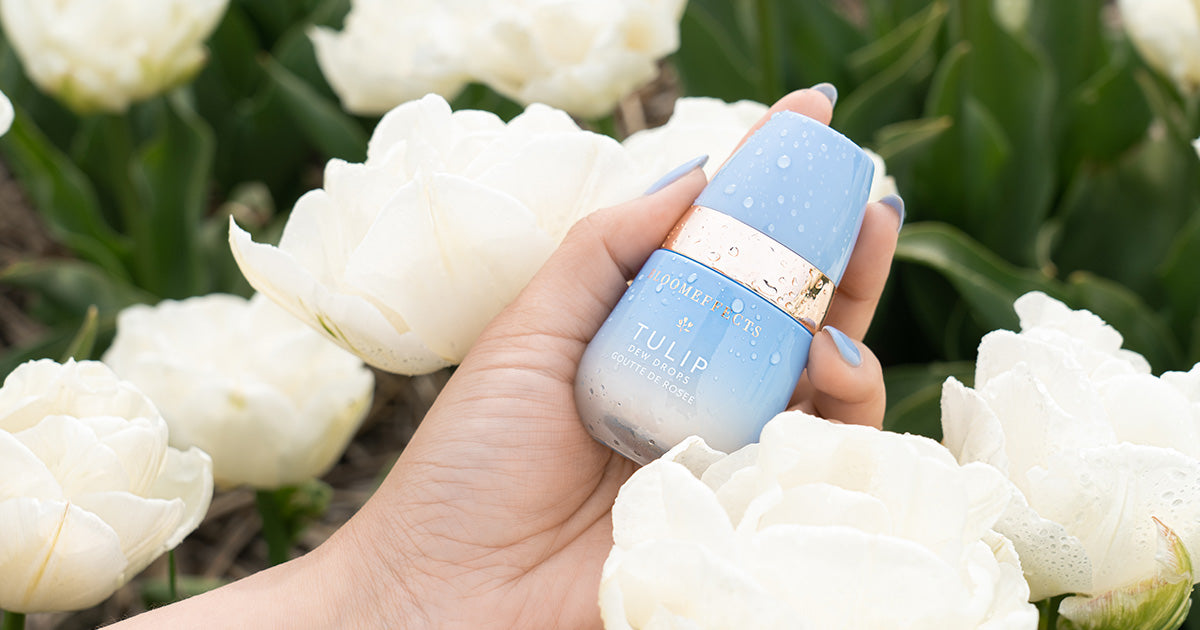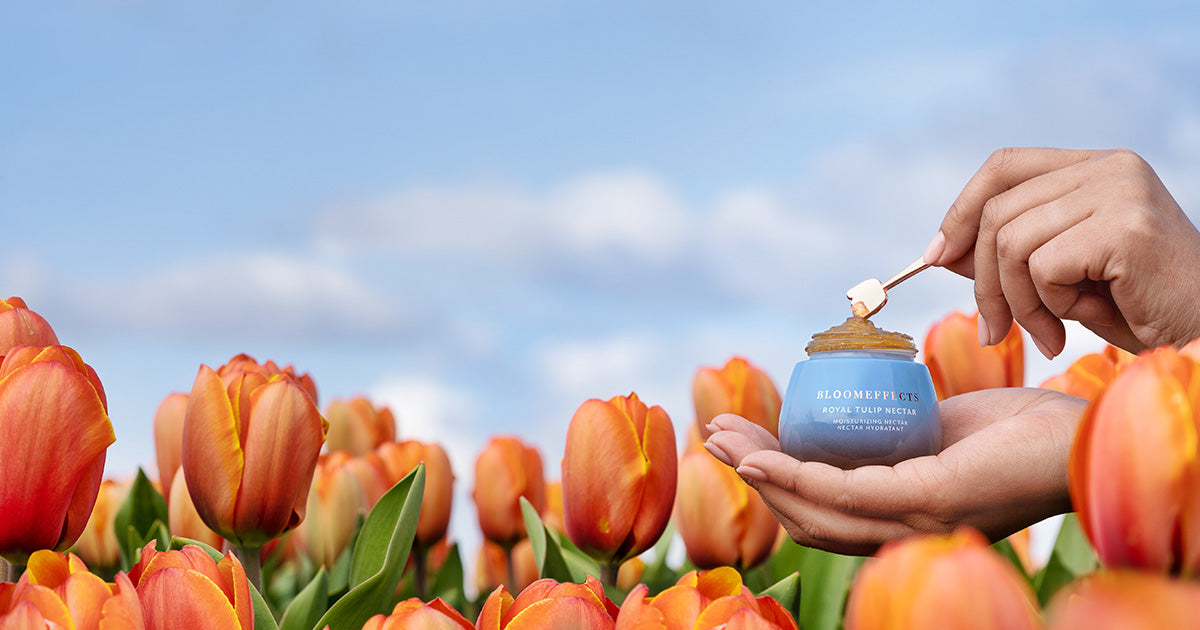During the 17th century, the Dutch city of Delft was a bustling city of industry. In fact, the small Dutch city had as many as 33 factories at its peak. Their primary product? Delftware or Delfts Blauw - the distinctive blue and white earthenware.

Photo credit: Holland.com
As the Netherlands grew into one of the largest colonial powers in the 16th century, trade increased with Asia. These excursions brought Chinese and Japanese pottery back to the Netherlands. One of the other things brought back from Asia was black tea, but the Dutch didn’t have anything to put their tea in. So Dutch potters began making teapots and teacups in the style of the prized Asian pottery. By the 17th century, the Dutch had overtaken the market and flooded it with the blue and white earthenware.

Photo credit: European Waterways
A style all their own
In order to make the pottery more affordable than their Asian counterparts, the Dutch created Delftware with pieces of clay. Delft painters who have trained for more than 8 years hand-paint the pieces with a black paint containing cobalt oxide. When fired, the paint turns into brilliant shades of blue. In fact, the shades are so well known that there is a Pantone shade named Delft. Typical motifs on Delftware include Dutch countryside scenes, windmills and (our favorite) tulips. These could be found on everything from tiles and pots to plates and tulip vases.

Delftware today
It is believed that more than 800 million Delft blue tiles were created between the 16th and 17th century. To this day, many traditional Dutch homes are still filled with authentic Delft tiles dating from this time period. Today, there is only one true Delft factory left, Royal Delft, who has been making the pottery since 1653.

Delft and Bloomeffects
So much of our heritage is inspired by the Netherlands - the tulip fields, rich history of the Dutch, and of course, Delftware. The beautiful blue of our tubes and jars is inspired by the iconic Delft blue. As is the blue shade that makes the base of our sustainable cartons. The beautiful tulips on our cartons are inspired by not only the tulip motifs in Delftware, but the tulips that appeared in famous still life paintings during the Rembrandt era.

We are so incredibly proud to bring our Dutch heritage to our consumers through our products and our packaging. To learn more about how our packaging is sustainable head here.


